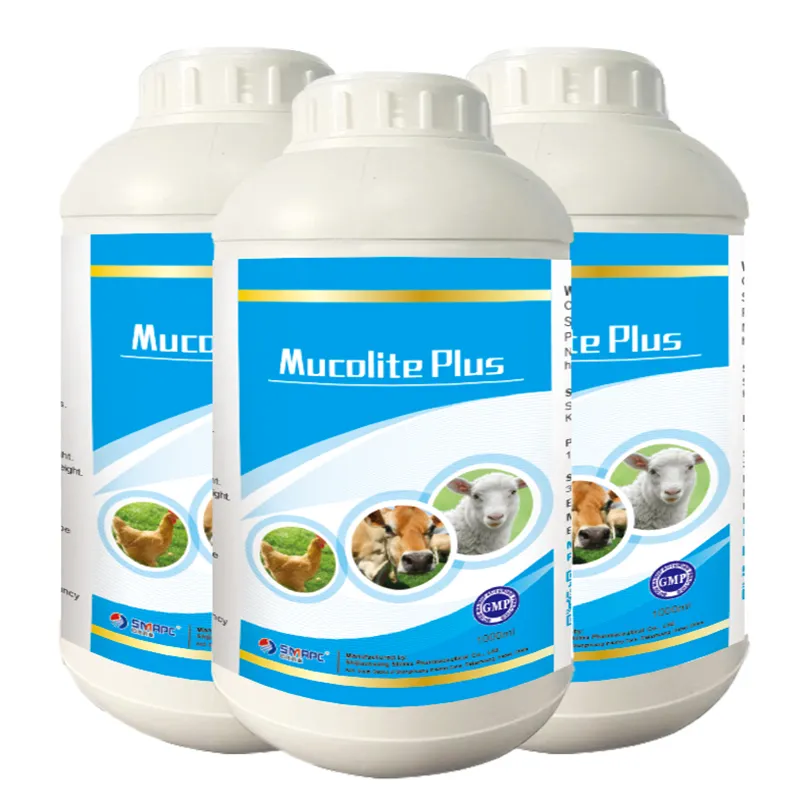Pain management in dogs is a vital aspect of ensuring their overall health and well-being. While there are a few OTC options available, the safest route is always to work closely with a veterinarian. They can provide tailored advice and recommend appropriate treatments that are safe for your pet. Remember, your dog relies on you to keep them comfortable and happy, so take the time to understand their needs and seek professional help when necessary. By doing so, you can help ensure that your beloved companion enjoys a pain-free and active life.


